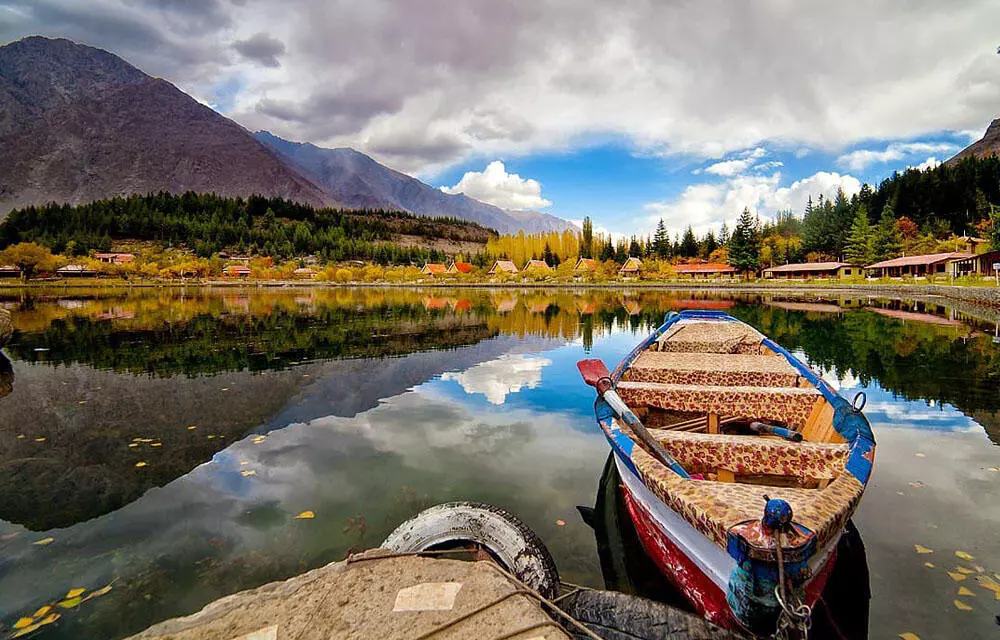Currently Empty: ₨ 0

Tourism activities are considered to be one of the major sources of economic growth. It can be regarded as a mechanism of generating the employment as well as income in both formal and informal sector.
Pakistan particularly has a lot of potential regarding tourism because of its diverse and well-preserved culture; from the ‘Do Darya’ in Karachi and Gwadar Port in Balochistan to the Badshahi Mosque in Lahore and beautiful valleys of the north like Hunza and Sust. Every part of Pakistan has its own culture and language which makes it even more interesting.
Tourists have long been drawn to Pakistan to experience a country that boasts rugged natural beauty, cultural richness, and unparalleled hospitality. But Pakistan’s massive tourism potential — touting everything from the world’s second-highest mountain to impressive archeological ruins dating back to the 10th century — has been overshadowed by safety concerns and regional instability.
Yet in recent years the country has been heavily invested in growing its tourism industry. And it’s working; Pakistan has been lauded by publications like Forbes and Condé Nast Traveler as a top destination for 2020, and even received a highly publicized visit from Prince William and Kate Middleton last October.
This past week at the World Economic Forum in Davos, Switzerland, Pakistan Prime Minister Imran Khan talked about the rise of tourism, calling it “the great potential of Pakistan.”
While “the world is obsessed with traveling in the north,” the country is much more than just a destination for adventure tourism, said Muhammad Waleed, co-founder of Destination Pakistan, a platform dedicated to promoting tourism. The country is geographically diverse; in addition to its famous peaks, Pakistan has desert, lakes, forests, and more than 700 miles of coastline, from which the Khan-led government plans to develop beaches of international standards.
“Pakistan has historical tourism, it has the 5,000 year old Indus Valley Civilization, Mohenjo-Daro, which is one of the oldest. Then it has religious tourism; it has some of the most sacred sites for Hinduism, Sikhism, Sufiism and then Buddhism. And then the mountain tourism in Pakistan — almost half the peaks are over 24,000 feet,” Khan said at Davos. “So it is untouched as a concentration for providing jobs to people and improving the growth rate.”
Pakistan has six UNESCO World Heritage sites and 26 more on a tentative list. The total number of foreign visitors to cultural sites more than doubled from 7,028 in 2017 to 18,041 in 2018, according to a report conducted by Gallup Pakistan.
Despite some work being done, There is still a lot of room for improvements in the tourism business. A rapid increase in tourism does not come without complications. Infrastructure is still lacking, and the country needs more hotels and trained hospitality workers, Active Tours’ Uddin stressed.
“The country is at an exciting pivotal point right now: because it was so overlooked by tourism for decades, it basically has the opportunity to design a sustainable tourism industry from the ground up,” Reynolds said. “If a strong foundation is laid down now, the country will prosper in the coming years, and can serve as a model to other overlooked developing countries hoping to increase tourism.”


